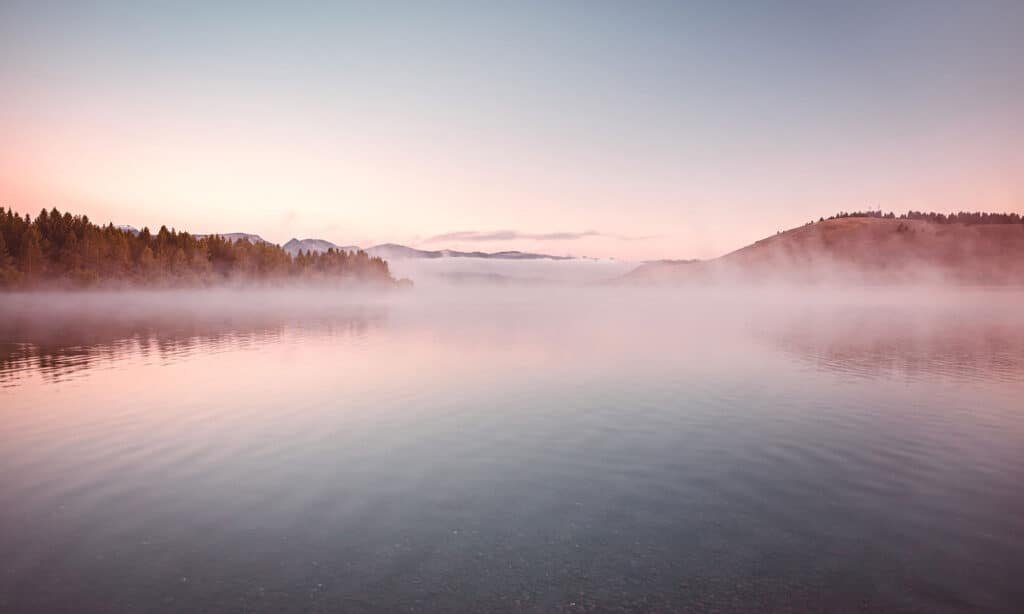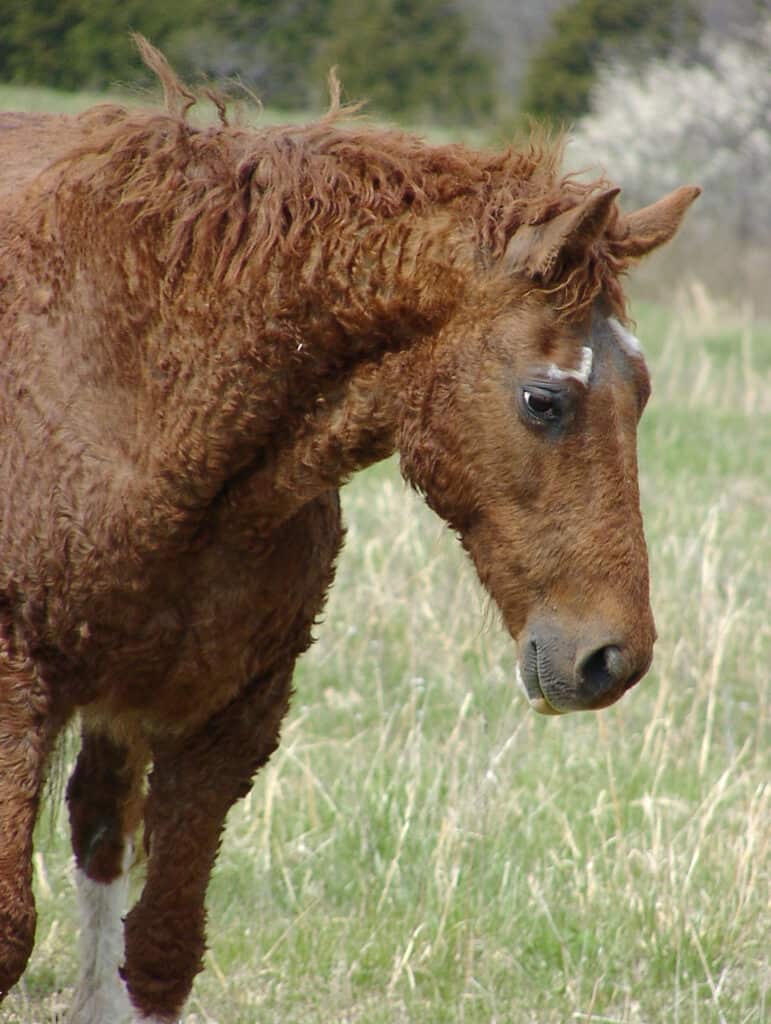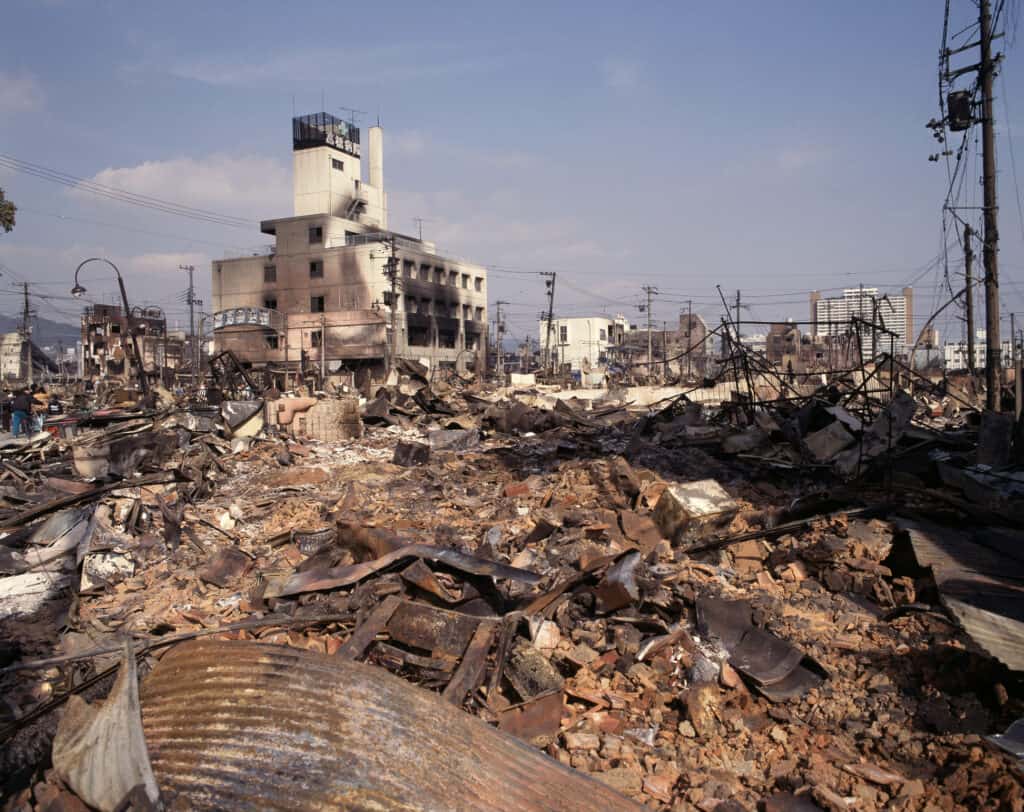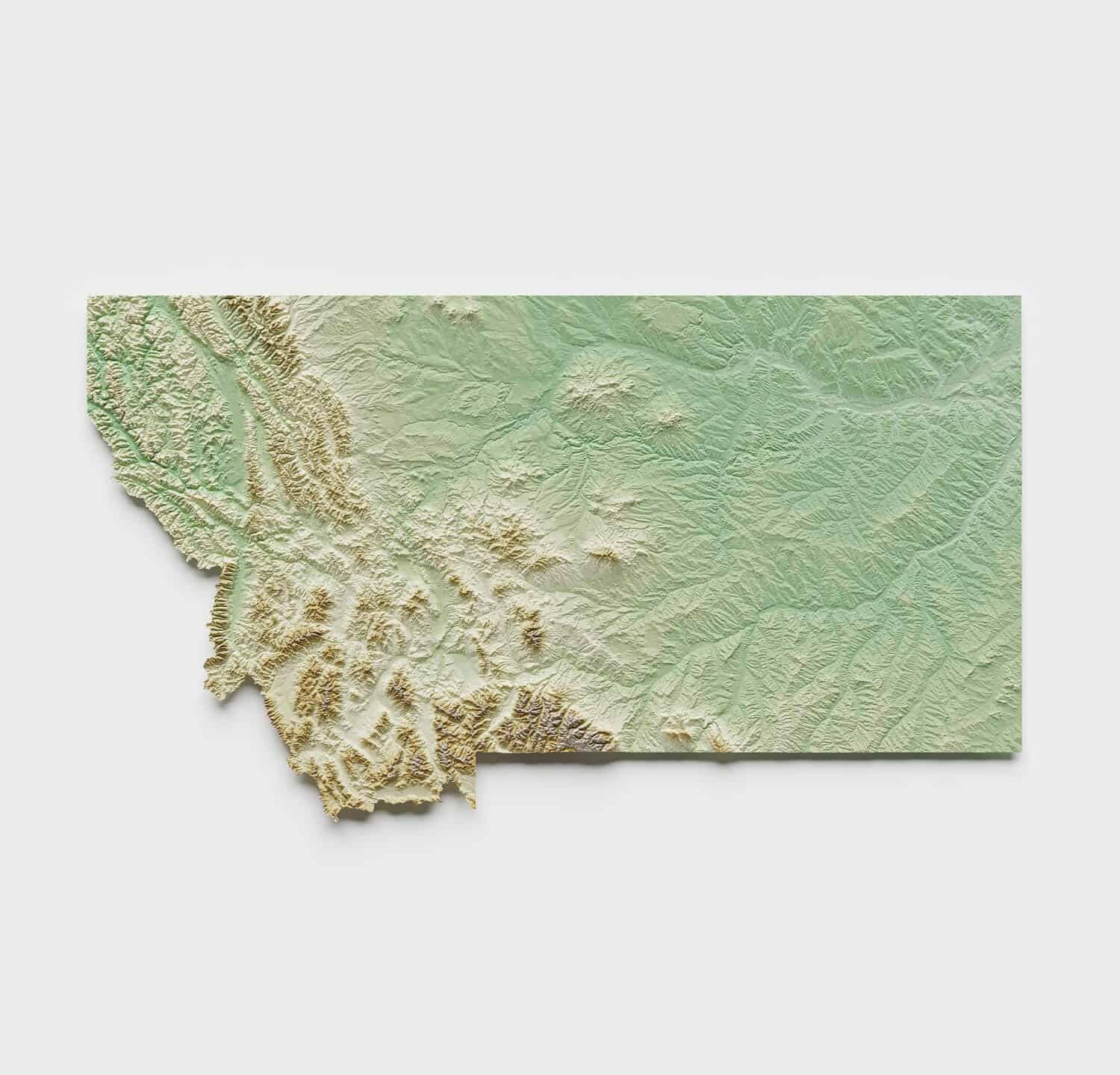Montana is easily one of the most beautiful states in the country. With soaring, snow-capped mountains, scenic views in every direction, and plenty of outdoor activities, there’s no wonder why people live in and visit Montana.
Just like most states, the Treasure State has desirable weather and all four seasons for everyone to enjoy. Today we’re going to be talking all about the natural disasters that occur here, with a focus on earthquakes. Let’s take a look at how likely an earthquake is to happen in this state.
Montana’s History of Earthquakes
Montana is the fourth-most seismically active state, with up to 10 earthquakes occurring there every day. There are 45 faults in western Montana that have the capacity to generate geologic catastrophes.
The bigger Mission Valley fault is made up of thousands of smaller faults that run on the western side of the mountains. Due to the Intermountain Seismic Belt, which stretches from western Montana through Yellowstone National Park and beyond, the western portion of the state has the highest earthquake risk.

Because Firehole River receives drainage from thermal geysers like Old Faithful, the water is heated well.
©Harry Beugelink/Shutterstock.com
Western Montana has been the site of all of Montana’s significant historic earthquakes, especially Lake Flathead. While the majority of seismicity takes place there, earthquakes can still occur in eastern Montana. Although no one can forecast earthquakes, there is a very real chance that a large earthquake may strike Mission Valley.
Yellowstone Park is situated atop a huge volcanic caldera that has experienced three catastrophic eruptions in the last 2.1 million years. These massive volcanic eruptions are fortunately quite infrequent.
Numerous thousand earthquakes are registered there each year, indicating that Yellowstone and the neighboring region are quite active with seismic activity. The overwhelming majority of these events are too minuscule for anyone to perceive, however, in August 1959, a significant earthquake happened nearby.
#1 Town Most Likely to Experience an Earthquake in Montana
West Yellowstone, MT, has a population of just under 1,500 people. This small town is the most likely to experience one of these terrible natural disasters. According to the Earthquake Index, West Yellowstone scores 96.93 out of 100 for the likelihood of an earthquake.
History of West Yellowstone
Frank J. Haynes was the president of the Monida & Yellowstone Stage Line. E. H. Harriman, president of the Union Pacific Railroad, joined Haynes for a trip to Yellowstone National Park in 1905. This trip is what gave rise to the settlement of West Yellowstone.
Harriman decided to build a railroad extension from St. Anthony, ID, to the western entrance of Yellowstone. Riverside was the original name of this town before being changed to Yellowstone in 1910.
As you might expect, since the town and the national park have the same name, there was some confusion. The name of the village was renamed West Yellowstone in 1920 and has remained that way ever since.
Earthquakes in West Yellowstone
At the time of writing this article, there have been several earthquakes in the small Montana town in the last week. One of the most historic earthquakes in the area occurred in 1959. Over 28 people died as a result of the earthquake, which had a moment magnitude of 7.2, a massive landslide, and $11 million in damage.
In today’s terms, this would be worth more than $100 million. Quake Lake was formed as an outcome of the slide stopping the Madison River’s flow. While Puerto Rico and Hawaii experienced less severe consequences, adjacent Idaho and Wyoming also experienced major consequences.

An earthquake in 1959 caused Hebgen Lake to experience several seizures for 12 hours.
©iStock.com/juliannafunk
Hebgen Lake experienced several seizures for 12 hours as a result of the earthquake. It caused the surrounding terrain to plummet as much as 20 feet in height. Hebgen Dam, which did not fall apart was covered in water pushed over it by the earthquakes. Following the earthquake, a number of aftershocks measuring 5.8 to 6.3 were recorded.
The Helena earthquakes of 1935–1936, which claimed four lives, were the second-deadliest earthquake to strike Montana before the 1959 quake. In the northwest United States, it also contributed to the worst landslides since 1927.
Earthquake Lake
The Madison River’s flow was obstructed by the earthquake’s landslide. A new lake, subsequently to be called Earthquake Lake, was created as a result of the obstruction, which raised the water level.
The Army Corps of Engineers started to carve a 250-foot wide and 14-foot deep tunnel into the slide out of concern that the pressure brought on by water levels rising would trigger an unprecedented catastrophe.
On September 10, the channel started to fill with water. The Army Corps excavated a new 50-foot canal on October 29 to stop further erosion caused by the moving water. The two channels’ construction cost $1.7 million. That would be nearly 16 million dollars today!
Can Wildlife Predict Earthquakes?
Although there is an incredible array of wildlife throughout Montana, did you know some animals seemingly predict earthquakes? There have been several studies done on their behavior in the moments before a quake occurs.
Let’s take a look at how some of them behaved before and after an earthquake that took place in 1906.
Cows
After the shock, cattle that were on hills descended to lower elevations and in some places did not climb hills again for a few days. In many places, cows in corrals close to the fault line were flung to the ground; other cows ran and fled erratically.
When the cows in the milking corral at Olema were finally able to stand up, they fled after being knocked to the ground and rolling over. Numerous ranches observed the cows escaping the milking corral in a stampede. There have been several reports of cows running before the person watching them even realized what was happening.
Horses
Horses made a lot of noise prior to the shock and created a stampede once it was felt, some of which fell due to the ground’s turmoil. Fearful horses in harnesses fled, some of which stopped and wailed.

Bashkir curly horses can have any coat color, but their curly coat makes them unique.
©iStock.com/DawnYL6161
While others waited and trembled a few horses with rides on them faltered and collapsed. Other farm animals such as chickens were spotted running around with their wings fully open just before the earthquake.
Dogs
Prior to the aftershocks, canines typically grew alert and began to bark, whimper, or run for cover. Some pups fled after being shocked and didn’t come back for multiple days. Upon being startled, some dogs growled and began to run around while their tails were between their legs. After the shock, many went in search of homes for shelter and stayed glued to the side of their owner.
Cats
Numerous accounts of how cats reacted to the earthquake and its aftershocks suggest that they were terrified. Some acted strangely, hiding in dark places or running around madly with large tails and stiff backs. Others vanished for a few days following the shock. Cats appeared to feel the tremor in the aftershocks earlier than humans did, and they hid in fear or fled.
How Earthquakes Impact Wildlife
When a natural disaster strikes, people stress about their homes being destroyed. It can be hard for humans to think about other beings when faces with a natural disaster. On average, are roughly 600 natural disasters per year on planet Earth.

Great Hanshin earthquake ruins
©iStock.com/gyro
Wildlife that survives a natural disaster will become dispersed and relocate, either for a short period of time or permanently. Fallen trees, cracks in the earth, and other effects of earthquakes can leave many animals without homes.
Earthquakes primarily occur near the edges of tectonic plates and are capable of affecting 1% of the planet’s land area, resulting in a variety of secondary impacts that can disrupt an animal’s habitat.
Reports indicate that wildlife, especially seals, deer, penguins, and seabirds, has been impacted by the recent earthquakes. As humans, we can be more proactive and help all beings during the aftermath of any natural disaster.
Where is Lake Flathead Located on a Map?
Flathead Lake is a large natural lake nestled in the picturesque northwest region of Montana. This magnificent lake is not just any ordinary body of water; it holds a significant historical legacy. It originated as a remnant of the colossal glacial dammed lake known as Lake Missoula, which existed during the era of the last interglacial period.
Here is Lake Flathead on a map:
Thank you for reading! Have some feedback for us? Contact the AZ Animals editorial team.








